Spanish saffron is considered the Queen of Spices. Why? Well, you'll just have to read this story to find out. Go on, spice up your knowledge!
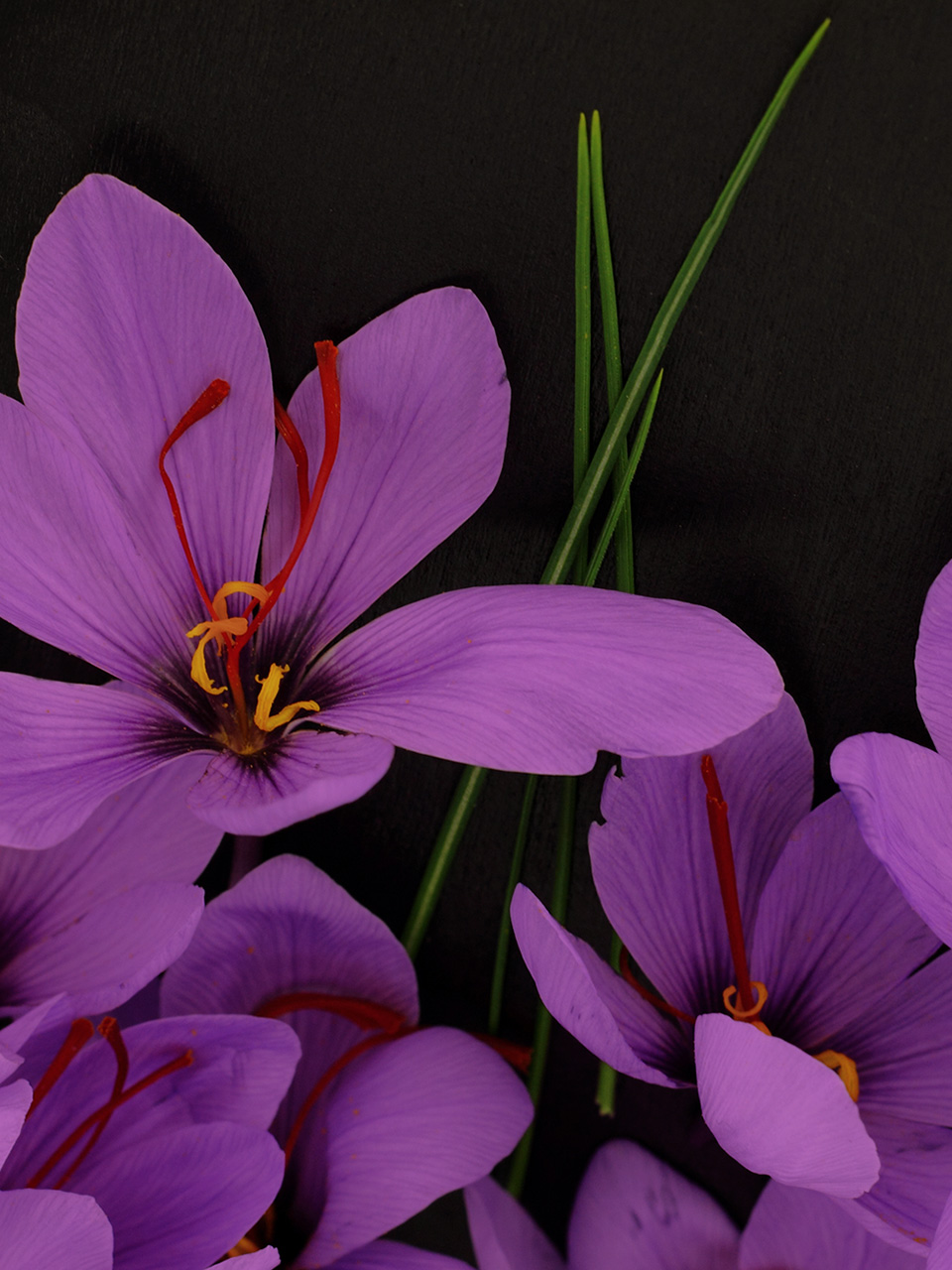
Tap to Read ➤
Spanish Saffron
Sujata Iyer


Spanish saffron is considered the Queen of Spices. Why? Well, you'll just have to read this story to find out. Go on, spice up your knowledge!

A few delicate threads of this spice can transform a bowl of pure white rice into a riot of orange! It can tantalize your taste buds with its bittersweet flavor and hypnotize you with its sensual fragrance. No wonder it has been given the sobriquet 'Queen of Spices'. I'm sure by now you've guessed what I'm talking about. Yes, it's Spanish saffron. Read ahead to know more about this wonderful spice.

Name
There are quite a few arguments when it comes to the etymology of the name 'saffron'. The English name can be traced back in this manner,

English 'saffron' - Latin safranum - French safran
OR
English 'saffron'- Latin safranum - Persian za'ferân
OR
English 'saffron' - Arabic za'farān (meaning yellow)
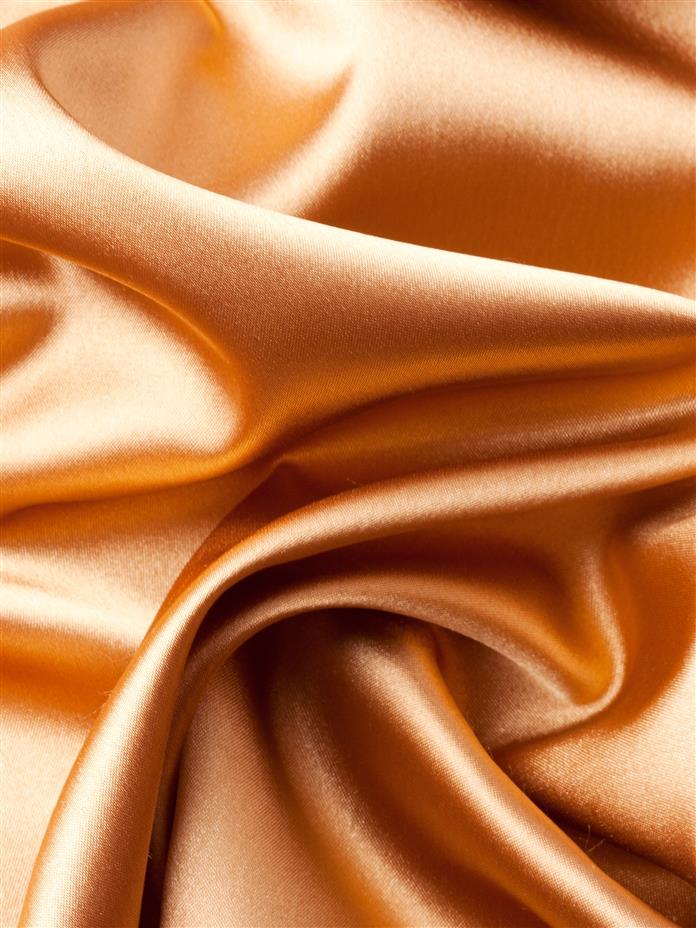
Origin
The origin of Spanish saffron's cultivation can be traced back to 3000 plus years ago. However, there have been numerous documented evidences of saffron in paintings and medicine from earlier times. Originally an Asian plant, it was taken to Spain around the 8th or 9th century. Spanish saffron has been cultivated on a large scale in La Mancha, in central Spain ever since.
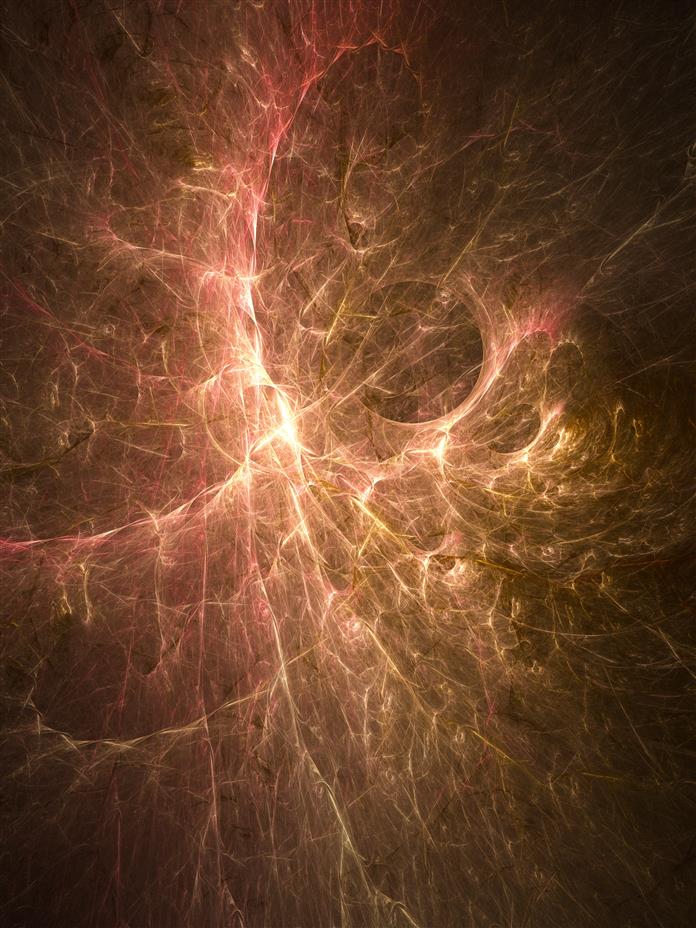
Cultivation
As mentioned earlier, Spanish saffron is cultivated mainly in the La Mancha region of Spain. In fact, Spain accounts for almost ¾ of the total production of saffron in the world. Saffron is the common name of Crocus sativus, the saffron crocus plant.

The flowers of these plants produce three stigmas each. These stigmas are what we commonly call the spice saffron. If you're wondering why saffron is so expensive, then here's the answer. The plant flowers late in October. And in this period too, the flowers remain bloomed only for 2-3 days each.

The flowers are very delicate and need to be only hand-plucked. Hence, harvesters (generally men) work round the clock to carefully pluck the flowers and pass it on to their women counterparts, who delicately extract the 3 stigmas from each flower. After this, the stigmas are dried by heating. Then they are packaged and sold. As you can see, the process of obtaining this saffron is a tedious one. This is why it is the most expensive and the rarest spice on the planet.

Recognition
In 2001, a Designation of Origin (Denominación de Origen) was established for Spanish saffron. This is a regulatory authority, orchestrated by the Spanish Ministry of Agriculture, Fisheries and Food. It checks and regulates the quality of the saffron produced in La Mancha.
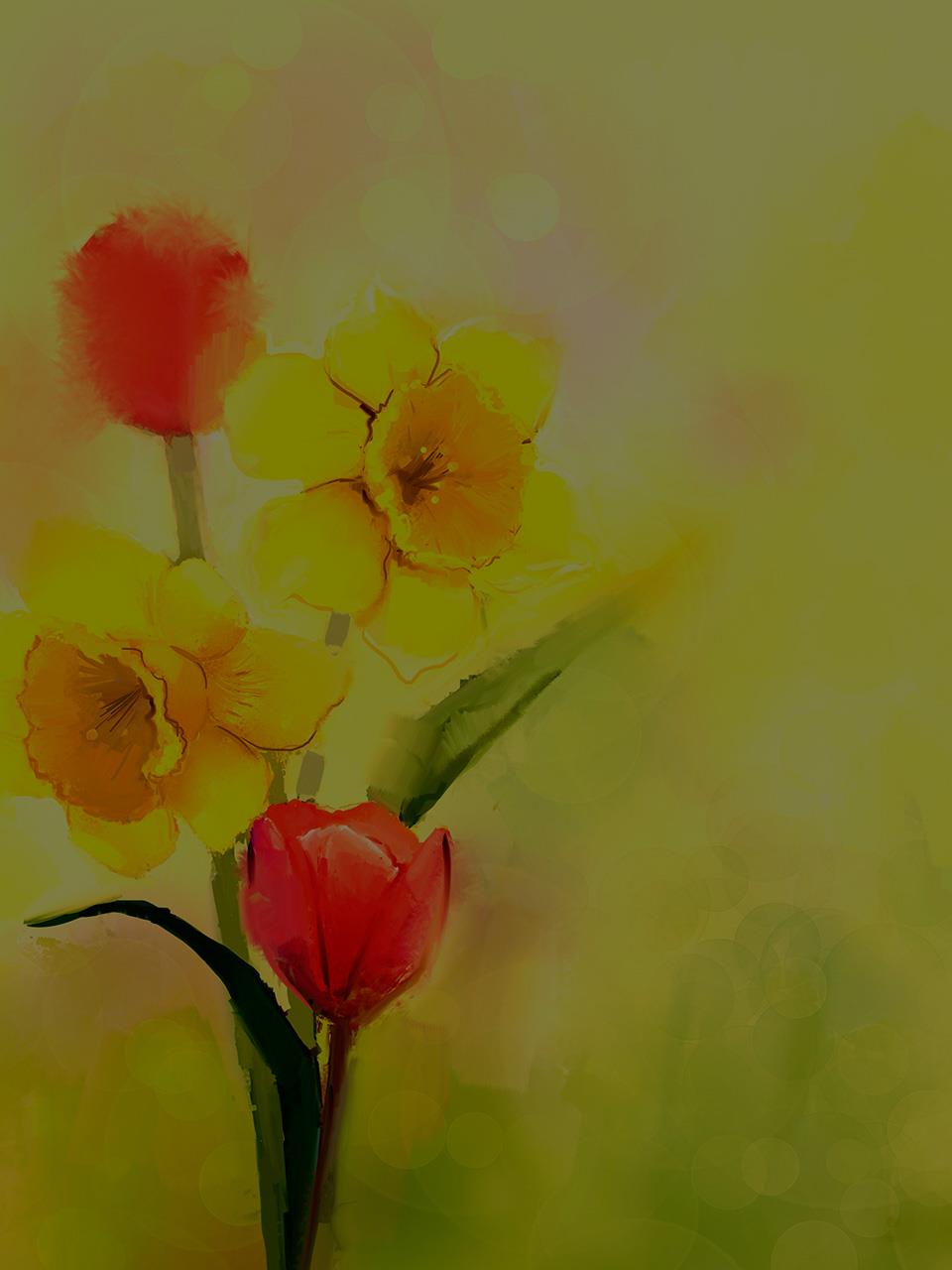
This saffron is the finest variety in the world, as its stigmas are longer and redder than others. The fragrance of authentic Spanish saffron lingers for quite some time and also spreads quickly.

Uses
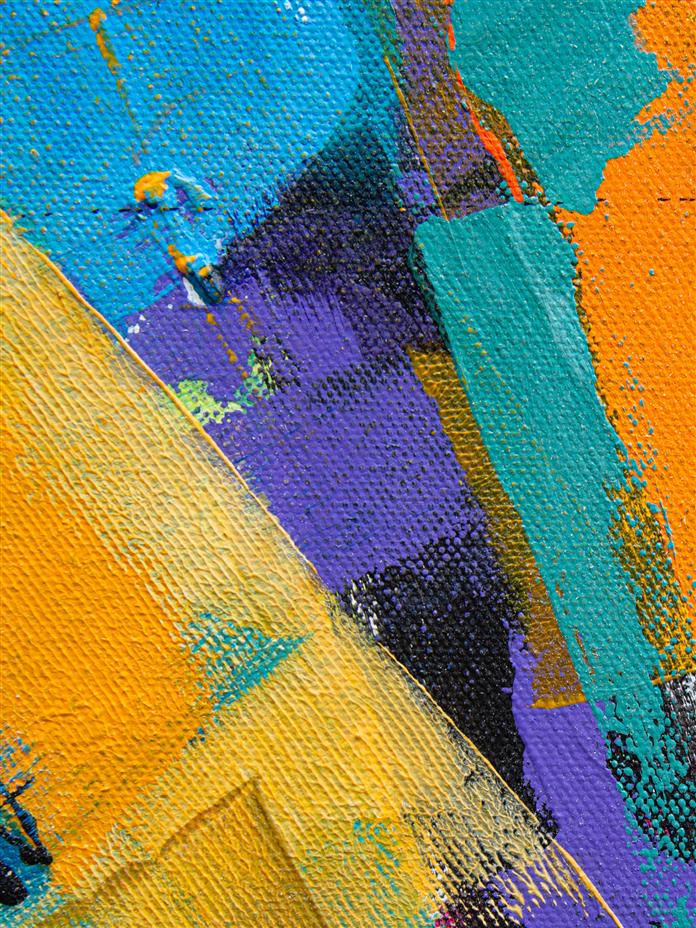
Spanish saffron has many uses. Its most common uses have been mentioned below.
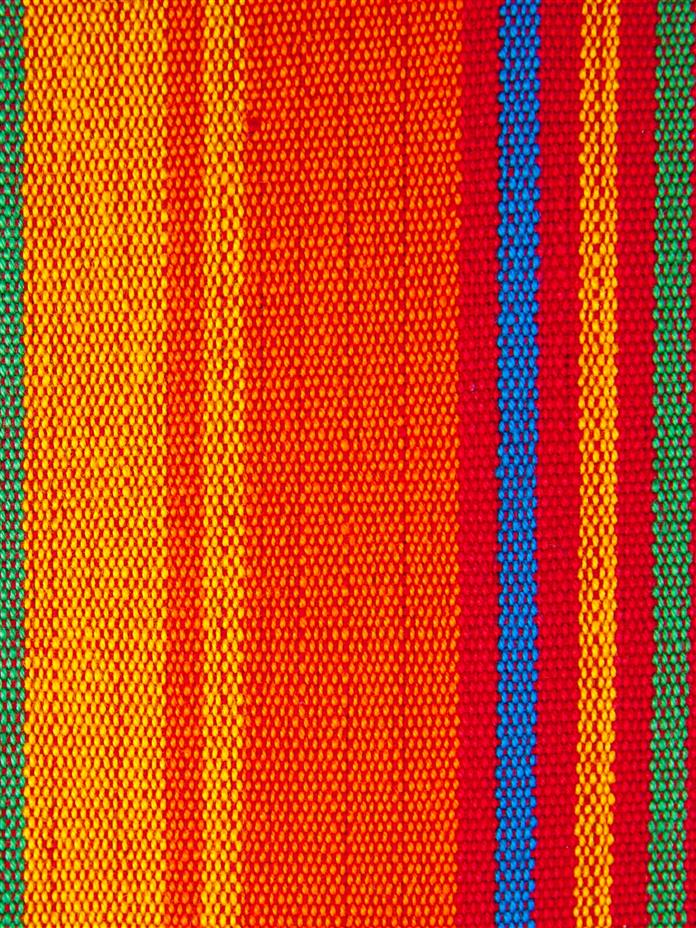
Food
Various cuisines all around the world use Spanish saffron to enhance the taste, appearance or fragrance of the food. Indian and Persian foods like biryanis and pulavs generally contain a few threads of saffron to give it an added flavor and a royal appearance.
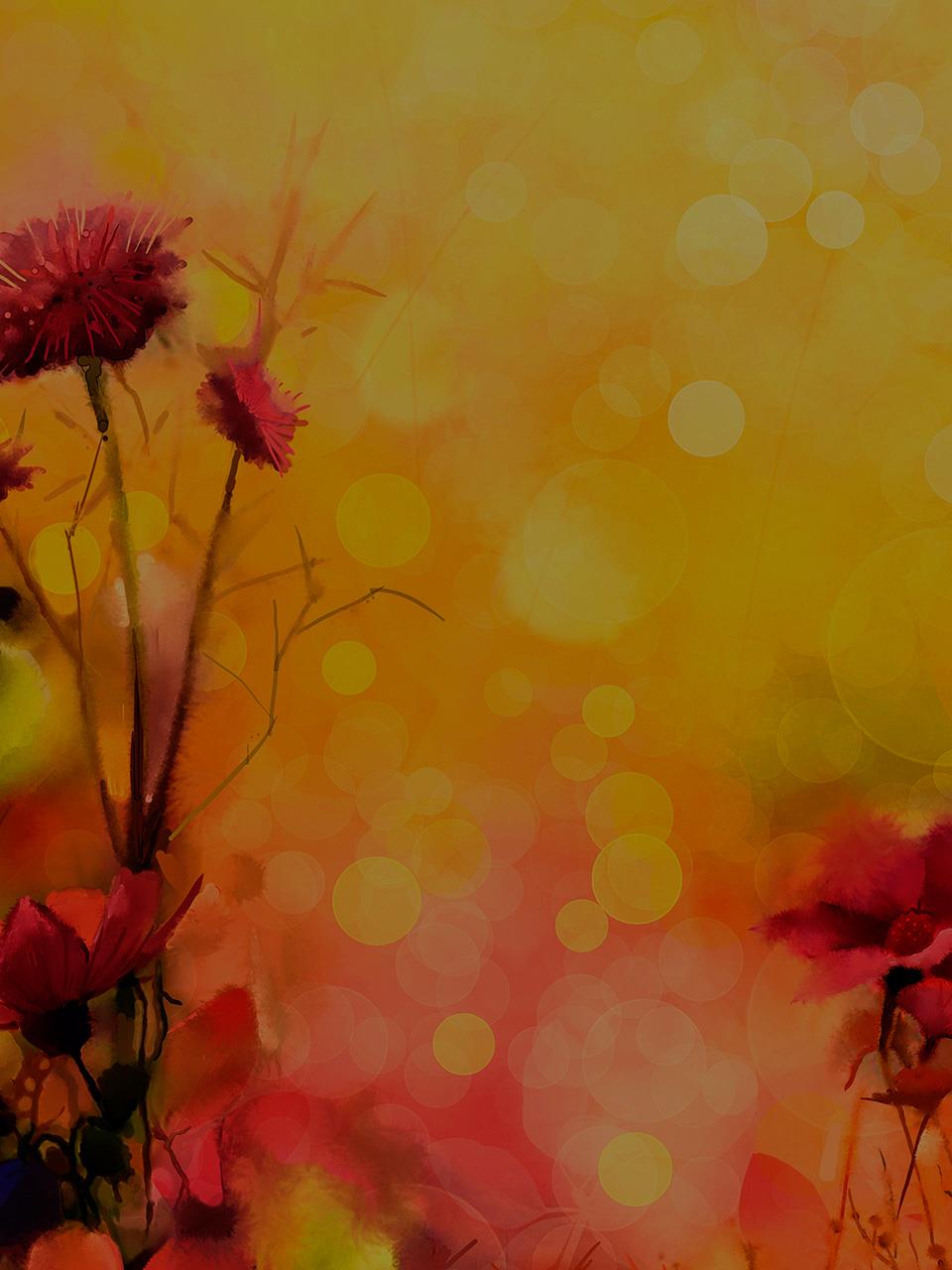
Almost every Spanish food item has a dash of saffron in it. Sweets can also be garnished with a few strands to add a touch of elegance to them. Spanish saffron also exudes an exotic aroma, which is another reason it is used extensively in culinary treats.

Medicine
Apart from food, Spanish saffron is also known to have medicinal properties that date back to the time of Alexander the Great. He apparently washed his battle wounds with saffron mixed in water. It helps in the easy digestion of food. It also helps to build the immune system to make the body strong and fight contagious diseases. It also helps in relieving coughs, clearing obstructions in the liver, and soothing intestinal or cholesterol problems.

Dyeing
Since saffron has such a rich and vibrant color, it is often used for dyeing fabrics. Hindus and Jains (from India) use a few threads of Spanish saffron to color water and then dip their clothes in it. The color is so rich that it gets absorbed in the fabric and remains in it for quite some time.
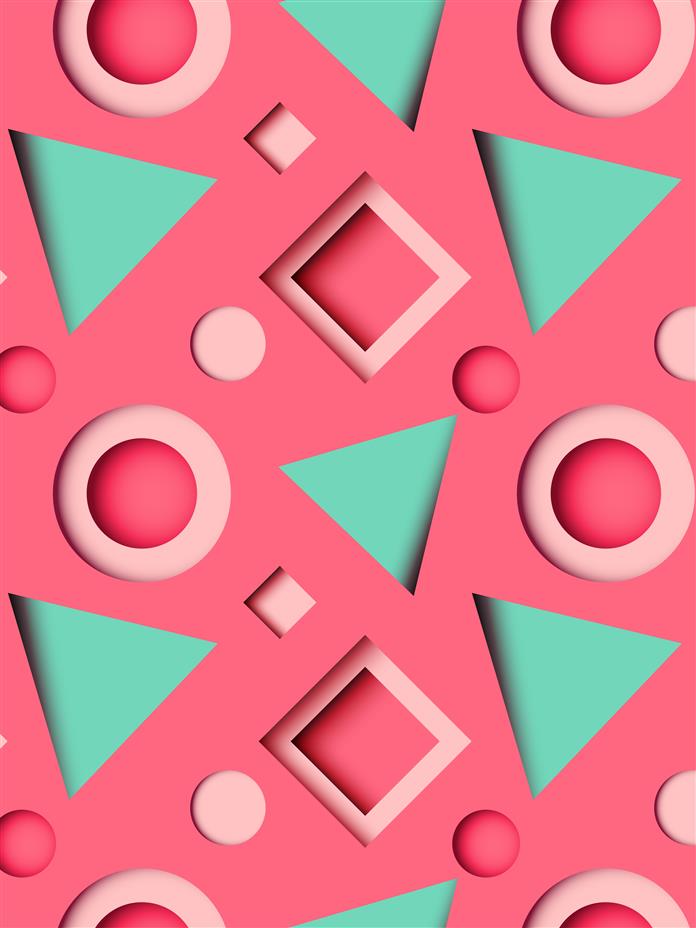
Other Uses
Apart from these uses, Spanish saffron is also used in religious functions and as a soother for babies when they have teething problems. Due to its rarity and high value, it can also be given as a gift to someone.

Threads or Powder?

Buying threads of Spanish saffron is always a better option than buying its powder, because with threads, you can be sure that it is indeed saffron. Powder may sometimes contain safflower or turmeric. Although you can use either of the aforementioned as a saffron substitute for getting the color, the flavor of authentic Spanish saffron is easily distinguishable and inimitable.

So, the next time you're at the supermarket, ensure that you're getting the real Spanish saffron. It is expensive but look at the big picture, a few grams can last you a minimum of three years! If that's not a good deal, then what is?